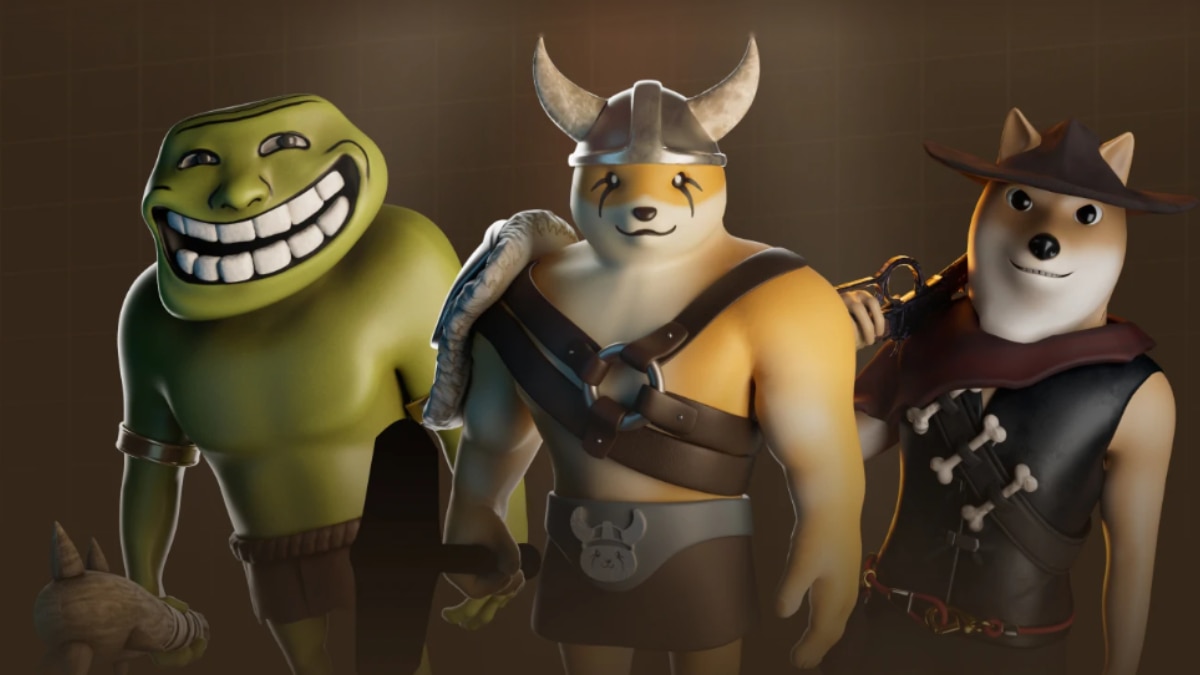
The best smartwatch models and the best sports watches have a lot in common. Most keep tabs on workouts, monitor sleep quality and provide training tips and insights. You’ll also find mirrored smartphone notifications, downloadable maps and basic apps for things like checking the weather and making mobile payments on either class of wearable device.
However, the former is meant to be a wearable extension of your smartphone while the latter is purpose-built for tracking all the most important metrics when taking on your favorite outdoor excursions, whether that’s a hike, a climb, a bike ride or something even more extreme. While some devices like the Apple Watch Ultra 2 and Samsung Galaxy Watch Ultra blur the line between smartwatch and sports watch, most other models fall squarely into one category or the other. The question is, which is right for you? Let’s dive into some common use cases.
I want the longest battery life: sports watch Even the premium smartwatch models don’t tend to last more than two days between charges, while most, including the new Apple Watch 10 , last a day or less. Many top sports watches, meanwhile, are good for a week or more on a single charge. The Amazxfit T-Rex 3 and Garmin Instinct 2 push it even further, providing users with nearly a month of juice per charge.
Some models, like the Instinct 2 Solar, even have built-in solar charging for added longevity. Toughness and water resistance matter most: sports watch Most smartwatches, including the Google Pixel Watch 3 (above left), offer just 50 meters of water resistance , which is fine for short surface-level swims but not enough protection for extended periods in the wet stuff, high-speed watersports like waterskiing and jetskiing or deep submersions. On the other hand, sports watches prioritize toughness; as a result, most provide 100 meters of water resistance.
That’s enough to take on pretty much any water-based activity aside from deep-sea diving. Sports watches are also often tougher-built than their standard smartwatch brethren. Many sport a protective bezel around the screen to avoid accidental bumps.
And they tend to be rated for more extreme temperatures. As someone who has had countless smartwatches die on me while trying to track winter mountain excursions, I now only rock a proper adventure watch when I’m hitting the slopes snowboarding . Access to all my favorite apps is paramount: smartwatch Sports watches don’t tend to offer much by way of third-party apps.
So, if you’re trying to do things like read your emails, browse the news, thumb through social media, translate a piece of text or order a pizza, then a smartwatch is probably a better choice for you. For the widest selection of both built-in smart apps and third-party apps, go with one of the best Apple Watch models or one of the best smartwatches for Android . I want the best location tracking: adventure watch While the majority of smartwatches sport onboard GPS — meaning you don’t need to carry your paired phone for access to location data — sports watches take things a step further.
Most use either dual- or multi-band GPS antennas allowing for faster GPS connections and more reliable and precise location tracking than the single-band GPS antennas found in a lot of non-adventure smartwatches. Some sports watches also pack additional sensors to assist with tracking like barometric altimeters — used to measure precise changes in elevation — something hikers, mountain bikers, skiers and more can appreciate. I'd like the ability to respond to messages: smartwatch Most modern wrist-based smart devices, including the best fitness trackers and nearly all adventure watches, are capable of mirroring smartphone notifications to your wrist.
However, a full-blown smartwatch is going to allow you to answer those messages without taking out your smartphone. Most will let you answer phone calls from the wrist, too, something you won’t find on the majority of sports watches. I have a slender wrist: smartwatch Adventure watches tend to be on the larger side, so a smartwatch may be a better choice for folks with petite wrists.
The 40mm Apple Watch SE , in particular, is a great choice if you like a less clunky device. Or, for the Android faithful, the Samsung Galaxy Watch 7 in 40mm also wears rather small. That said, there are some smaller sports watches out there, like the new Garmin Fenix 8 in 43mm.
I prefer a large screen: sports watch If bigger is better, consider a sports watch over a traditional smartwatch. The Amazfit T-Rex 3, for instance, sports a massive — for a wearable — 1.5-inch display while the larger two Garmin Fenix 8 models provide an also-impressive 1.
4 inches of screen real estate. Sleep and recovery insights are important: either Though smartwatches tend to be smaller and therefore a bit more comfortable to wear to bed, both the top smartwatches and sports watches are capable of keeping tabs on your sleep quality, training progress and recovery needs. Garmin, Polar, Coros and Amazfit — all makers of popular sports watch models — each provide useful suites of wellness tools and insights, while Apple, Google and Samsung offer similarly exceptional holistic features.
I want the best maps for navigation: sports watch Downloadable maps are becoming increasingly common on wrist-based wearables. Most brands even offer turn-by-turn directions for offline maps. However, for hardcore hikers and folks who like roaming off the beaten path, consider a sports watch over a standard smartwatch.
The best Garmin watch models, for instance, provide the most detailed maps and useful navigation features of any adventure watch brand, including best-in-class topographical maps. More from Tom's Guide.














